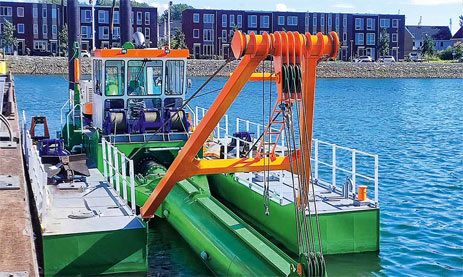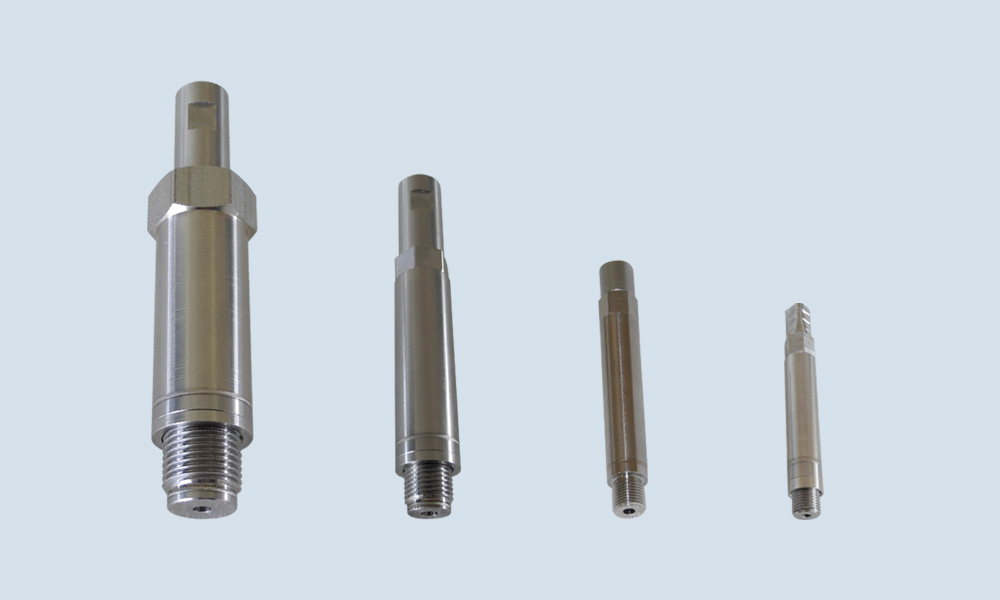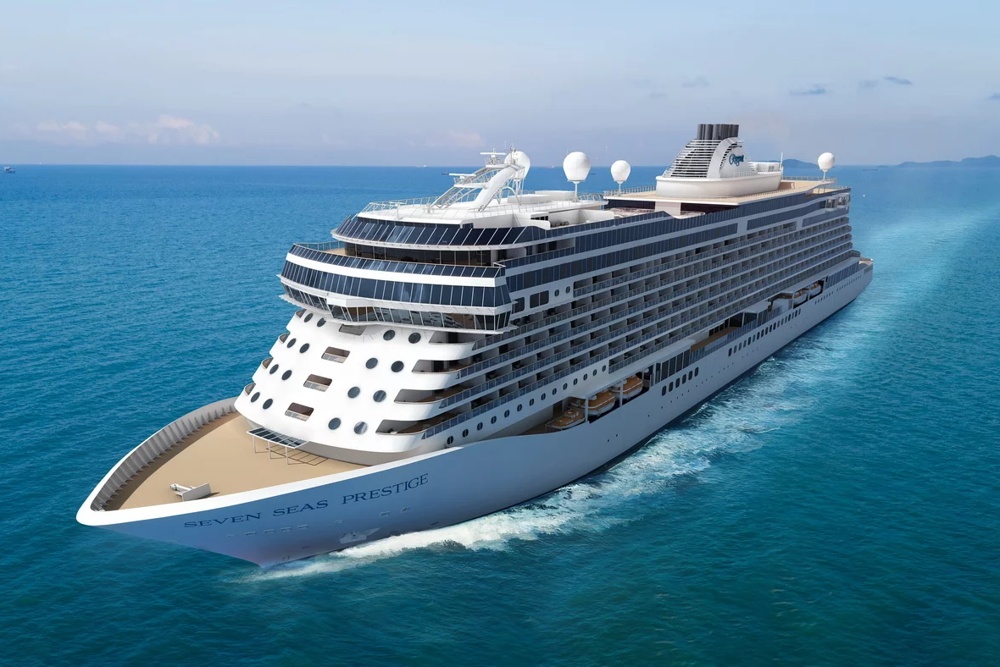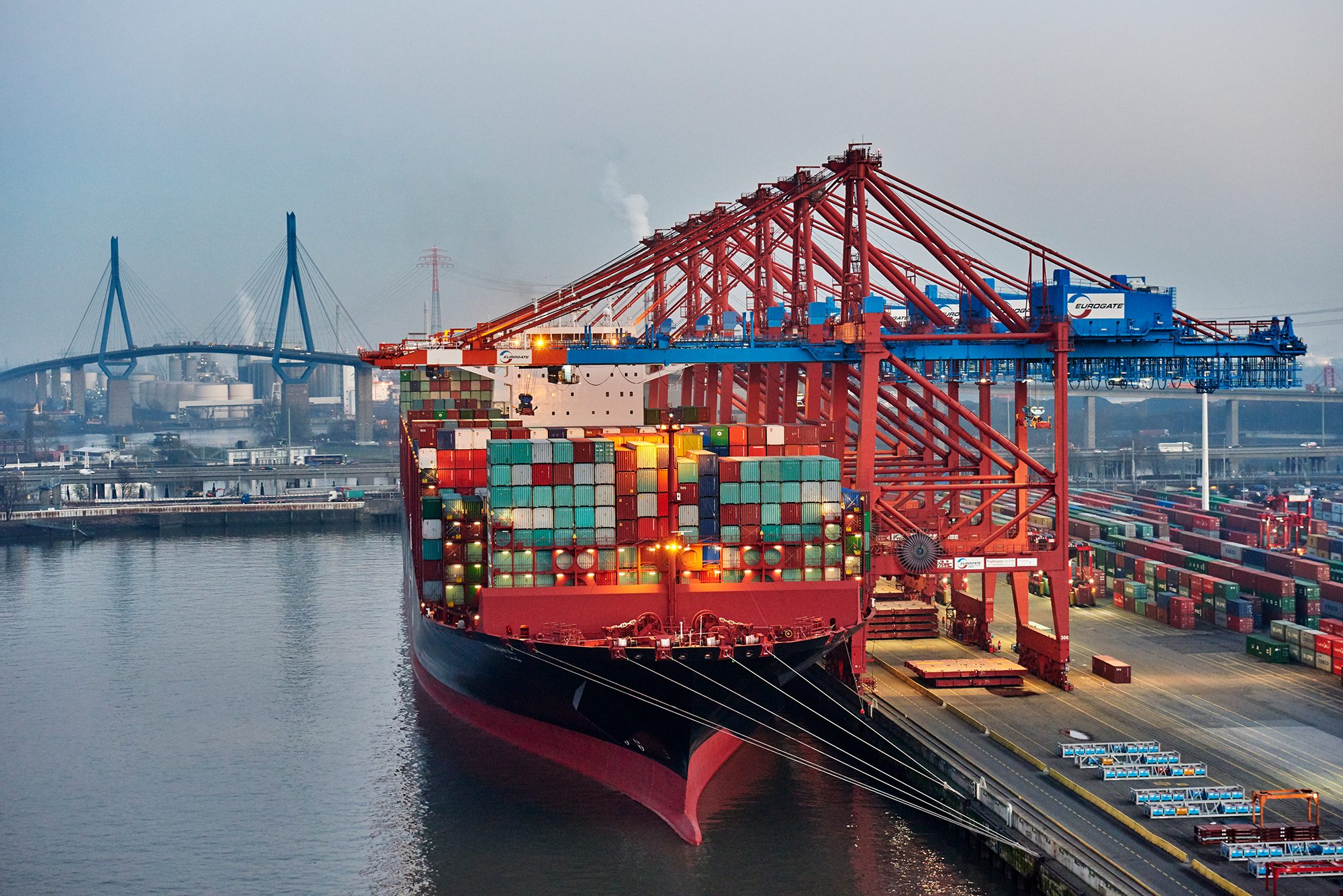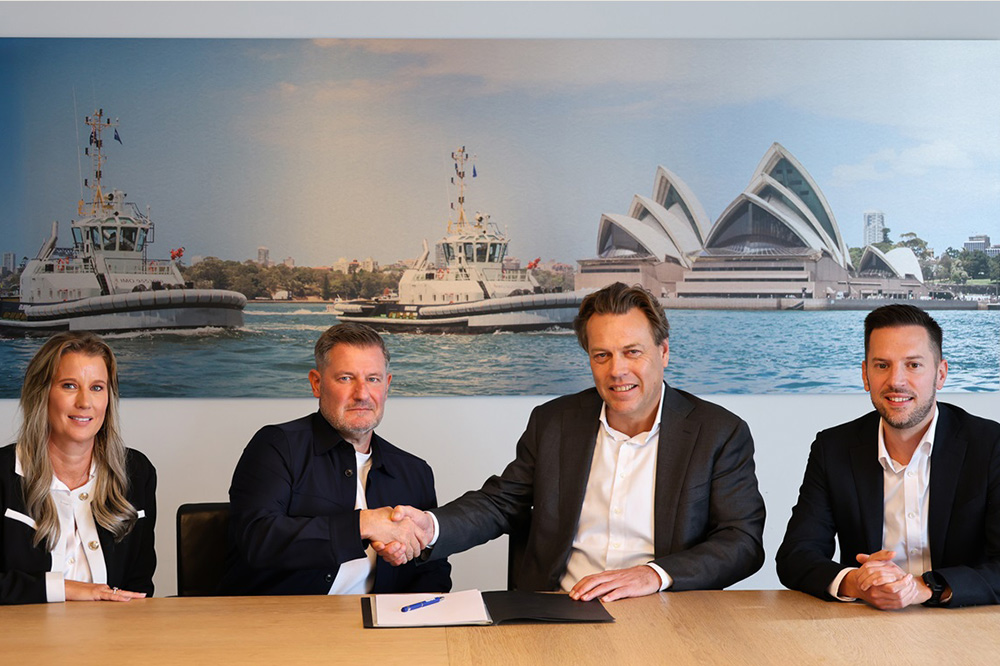Under the name “Stena Futuro”, ferry operator Stena Line has developed a concept ship that consumes 20% less energy.
Stena aims to reduce the fleet’s CO₂ emissions by 30% by 2030. This is to be achieved by improving the efficiency of the existing fleet and by developing a new generation of ships, it says.
The latest concept is the “Stena Futuro”, a 240 m long RoRo ship for the transportation of semi-trailers and cars. The latest technologies on board and an optimized ship design are to be used.
“The task is to develop a ship that is as efficient and competitive as possible for a specific freight capacity and has the lowest fuel consumption on the market,” says Nicolas Bathfield, Project Manager at Stena Teknik.
The hull and superstructure have been optimized to use the cargo space as efficiently as possible. At the same time, low weight and optimized hydrodynamics and aerodynamics are of central importance in order to achieve low fuel consumption. Added to this is an optimized design that is designed for the lowest possible flow resistance.
Stena Line relies on state-of-the-art technologies
The ship will have a hybrid propulsion system consisting of batteries and the latest generation of engines, which can run on various fuels. Solar cells will also contribute to covering the power requirements.
The hull of the “Stena Futuro” will also be equipped with an air bubble system (Air Lubrication). A waste heat recovery system will make it possible to reuse the hot exhaust gases from the ship’s engines to cover the heating requirements on board and to generate electricity.
The concept developed for the “Stena Futuro” also provides for four 40 m high wing sails that can be retracted if necessary – for example when passing under a bridge. Tests carried out by Stena’s developers with the Swedish research institute RISE identified potential fuel savings of up to 15%. At the same time, it has been proven that the ship meets all requirements for stability and maneuverability, even in the event of sudden wind changes or rapid course changes, says Bathfield.
However, a final decision on the construction of such a ship has not yet been made, it is said.










